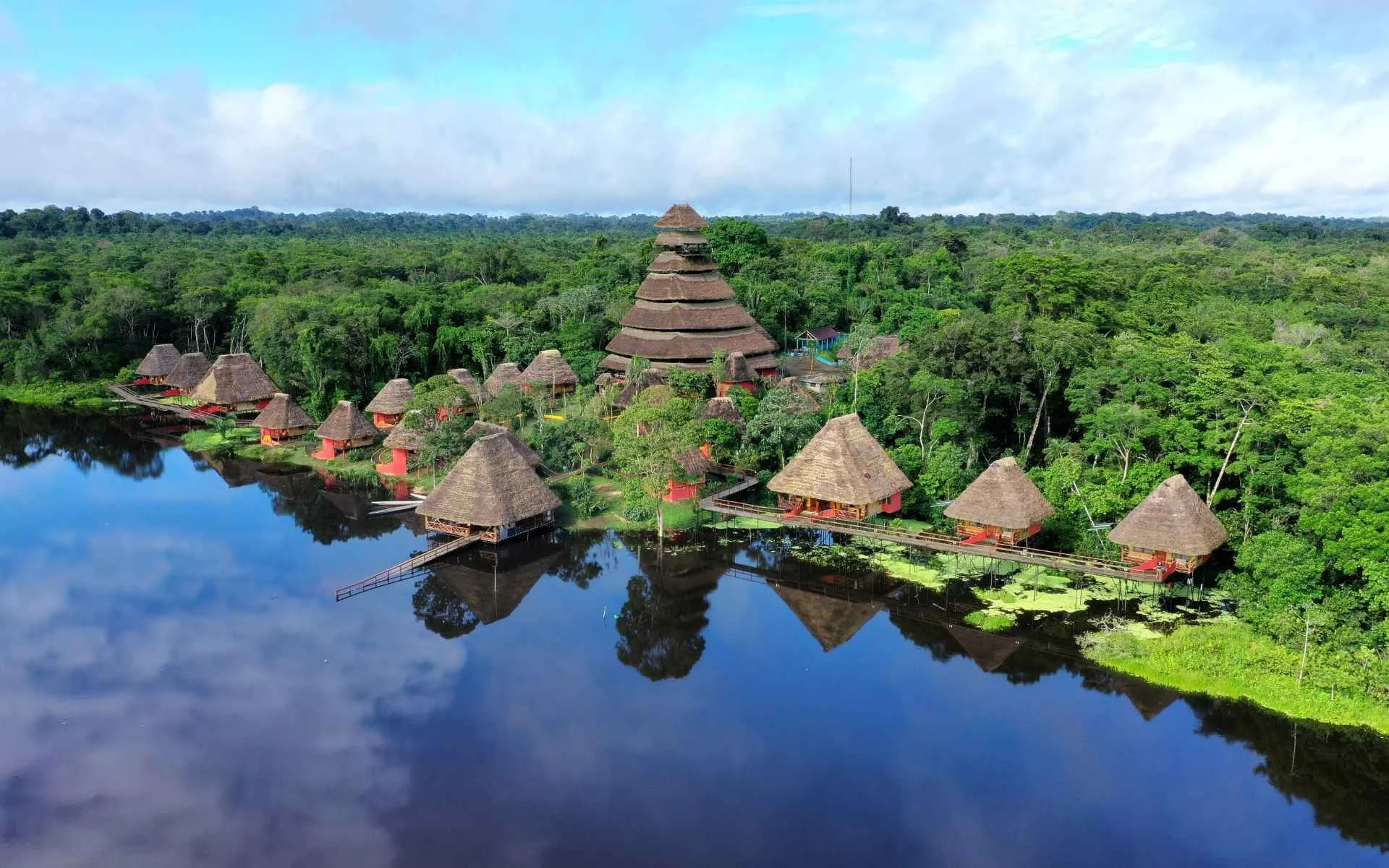
Napo Wildlife Center: an example of how a united community can achieve great results, from the vision of David Grefa and Oscar Lopez | Travel Blog
In the middle of Yasuní National Park, you can find a magical place which brings together the jungle, the community, and wildlife which is the Napo Wildlife Center, a community project that exemplifies how great things can be accomplished when a community comes together for a common purpose.
In this exclusive interview with David Grefa, CEO, and Óscar López, Director of Business Development, we will take a deeper dive into the origins, main challenges, and future plans of this amazing project.
If you like connecting with the community in the jungle, read on through this blog, which is proof you can travel while caring for the Ecuadorian Amazon Rainforest.
Key takeaways
- The Kichwa Añangu Community owns, administers 100% of the Napo Wildlife Center, who prohibit hunting, fishing, and logging to further enhance the protection of biodiversity.
- The money from tourist travel eventually flows to the community as jobs, education, and healthcare.
- David Grefa, CEO of the Napo Wildlife Center, focuses primarily on the preservation of traditions, culture, and, in particular, the sustainable protection of the Amazon and its wildlife.
- Napo Wildlife Center has been selected to be featured in SCAPE magazine for its focus on sustainability, its commitment to the community, and its example of unity.
Table of contents
- Origin: The Origin of Napo Wildlife Center told by David Grefa
- The 8 Roosters: The First Leaders of the Community
- The role of David Grefa and Oscar Lopez - Travel with Impact: Experiences that Transform
- Tourism as an income source for the community
- Regulations to Protect the Community - Distinctive features and characteristics of the Napo Wildlife Center
- Diversity of Flora and Fauna
- Totally community driven - Customer profiles and anecdotes
- Conscious travelers, travelers who leave their mark
- Personal anecdotes with travelers - Management of waste and environmental sustainability
- Favorite places at Napo Wildlife Center
- Future plans for Napo Wildlife Center
- From Oscar Lopez's perspective
- David Grefa and dreams for the future - About their feature in SCAPE Magazine
- Conclusion and message for you
- FAQs
- 1. Who is the owner and manager of the Napo Wildlife Center?
- 2. How does tourism promote conservation at the Napo Wildlife Center?
- 3. What type of traveler visits Napo Wildlife Center?
- 4. What sustainability strategies are working in the center?
- 5. Where can I check the availability in the Napo Wildlife Center and other Ecuadorian experiences for my dates?
Origin: The Origin of Napo Wildlife Center told by David Grefa
Every beginning has a great story behind it, and now David Grefa will reveal to us how what we know today as Napo Wildlife Center began.
The 8 Roosters: The First Leaders of the Community
In 1998, eight people from the Añangu community who called themselves “the eight roosters” began to develop their vision for this dream using their own resources. Later, in 2000, they began working with a foundation called Eco Ecuador, and subsequently, the entire community joined in. In 2003, the Napo Wildlife Center began official operations.
The role of David Grefa and Oscar Lopez
David Grefa is proud to belong to the Añangú community and feels he has acted responsibly as the leader of the Napo Wildlife Center. While at first they encountered challenges such as difficulty in securing operating permits, they now hold all of the permits necessary to permit the project to be identified as an ecotourism and environmental conservation initiative.
Likewise, Oscar López, in the role of Product Developer, attempts to share the history of this community project during events, and national and international fairs as in anything that he shows, he sought to emphasize that it is 100% developed by a Kichwa community.
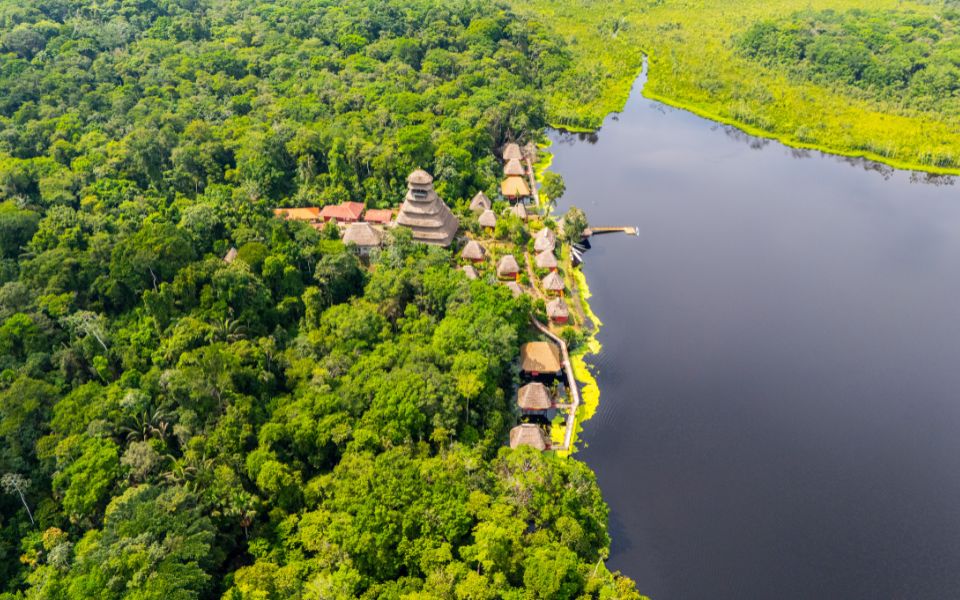
Travel with Impact: Experiences that Transform
The Amazon is a fragile ecosystem and tourists travel there, in partnership with the Napo Wildlife Center, and have an opportunity to make a positive impact.The Amazon is a fragile ecosystem, and travelers who travel with the Napo Wildlife Center have the opportunity to make a positive impact.
Tourism as an income source for the community
Tourism is a big income source for the Napo Wildlife Center because all the tourism revenue stays with families in the local community. This creates local jobs and supports school and healthcare facilities in the community. Tourists can learn about plants, animals, and ancestral knowledge that connects to the ecotourism project.
Tourism supports conservation and sustainable development and proves to everyone that a visit is not only a unique opportunity to visit one of the most biodiverse regions on the planet but that all visitors are supporting protection of that region for future generations.
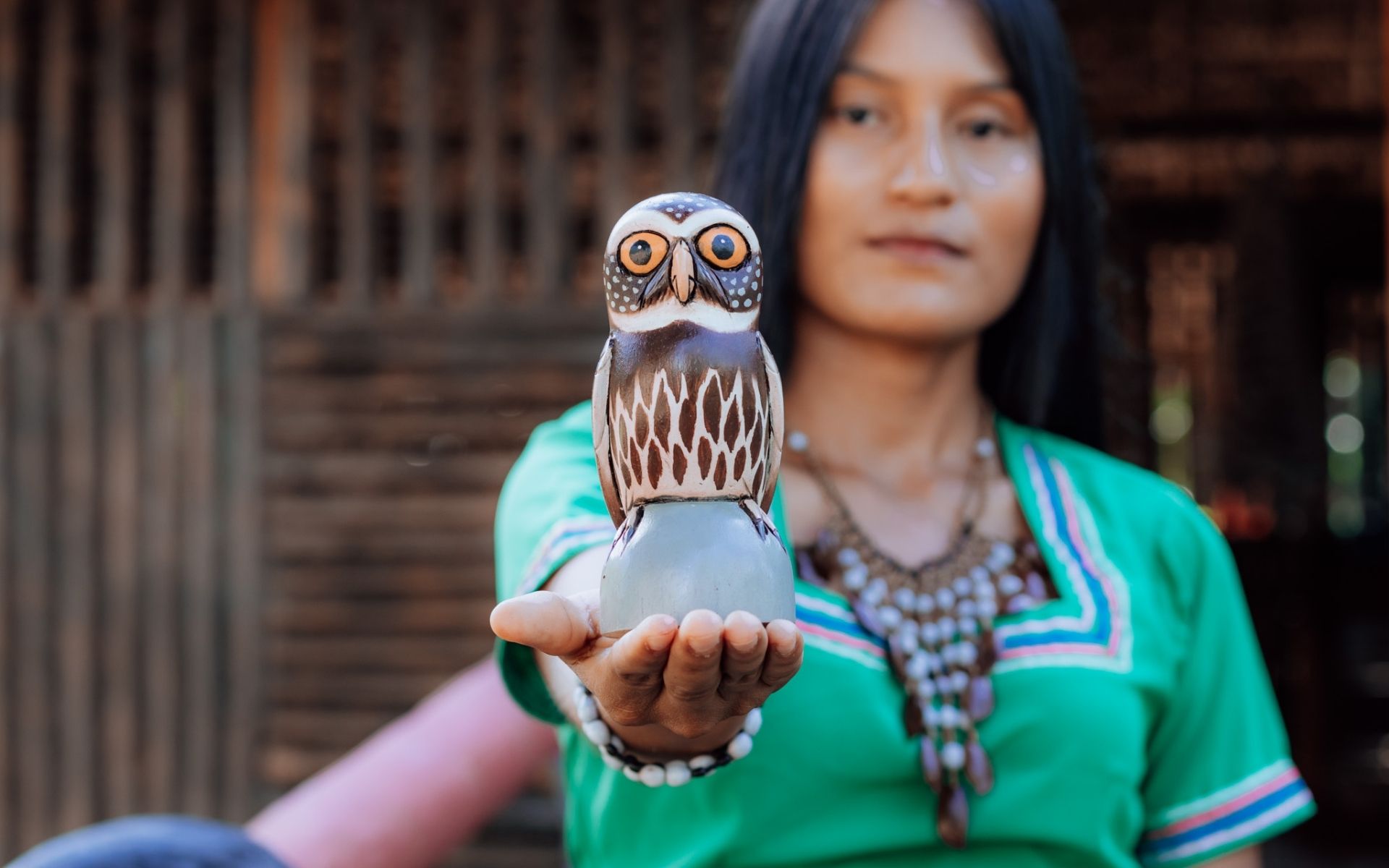
Regulations to Protect the Community
The community understands the importance of caring for the fauna and flora of this place, so each member of the center, in their daily work, feels responsible, takes responsibility, and ensures that the center is well managed at all times.
The main rules they have are:
-
Hunting of species is prohibited.
-
Deforestation is prohibited.
-
Visitors are only allowed to go bird watching.
Distinctive features and characteristics of the Napo Wildlife Center
Napo Wildlife Center contains many unique animals and plants. Napo Wildlife Center is unique because it is 100% owned and operated by the community it is in, and also will have a direct focus on making sure local culture does not disappear, nor natural and natural features of the environment vanish.
Diversity of Flora and Fauna
Napo Wildlife Center is designated as a protected area that encompasses roughly 21,400 hectares of species. It has an incredible diversity of flora and fauna resources. It is biologically meaningful because it includes species of animal life and plant life found only in this area, in part because of its unique policies not allowing hunting, or logging, which promotes all this biodiversity.The Napo Wildlife Center is designated as a protected area and covers approximately 21,400 hectares of species. It has an incredible diversity of flora and fauna resources, allowing travelers to take photography tours. Each species of animal and plant life is found only in this area, partly due to its unique policies that do not allow hunting or logging, which promotes all this biodiversity.
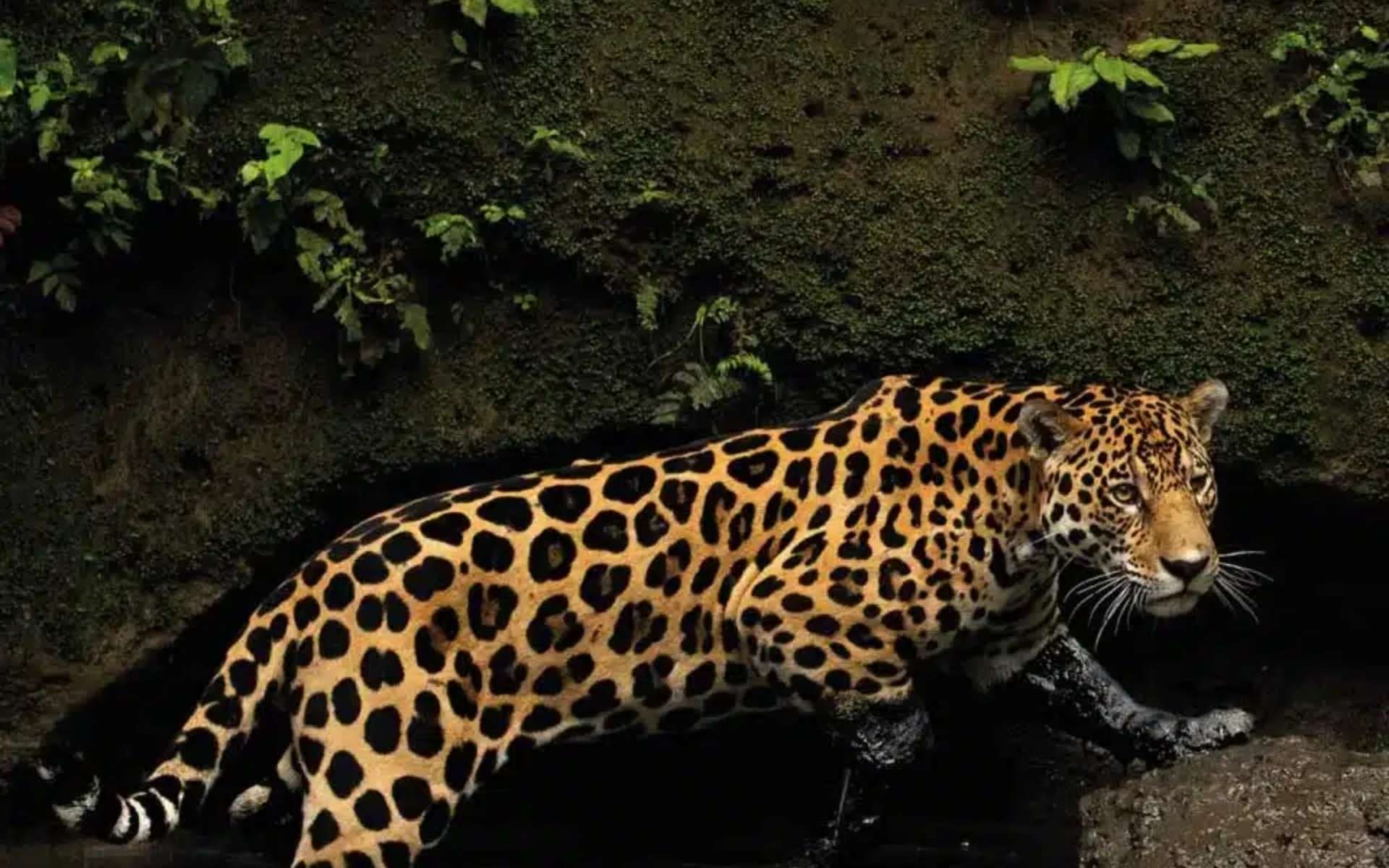
Totally community driven
The Napo Wildlife Center is totally community driven. The Añangu community owns and operates the Napo Wildlife Center. The community is managing the day-to-day operations as a collective who is making decisions without outside pressure and influence.
This level of operation brings value and empowerment.
All profits retained from tourism are for conservation and local development. The asked responsibility is that the community will decide to make profits and determine what will allocate to their families, neighbors, etc.
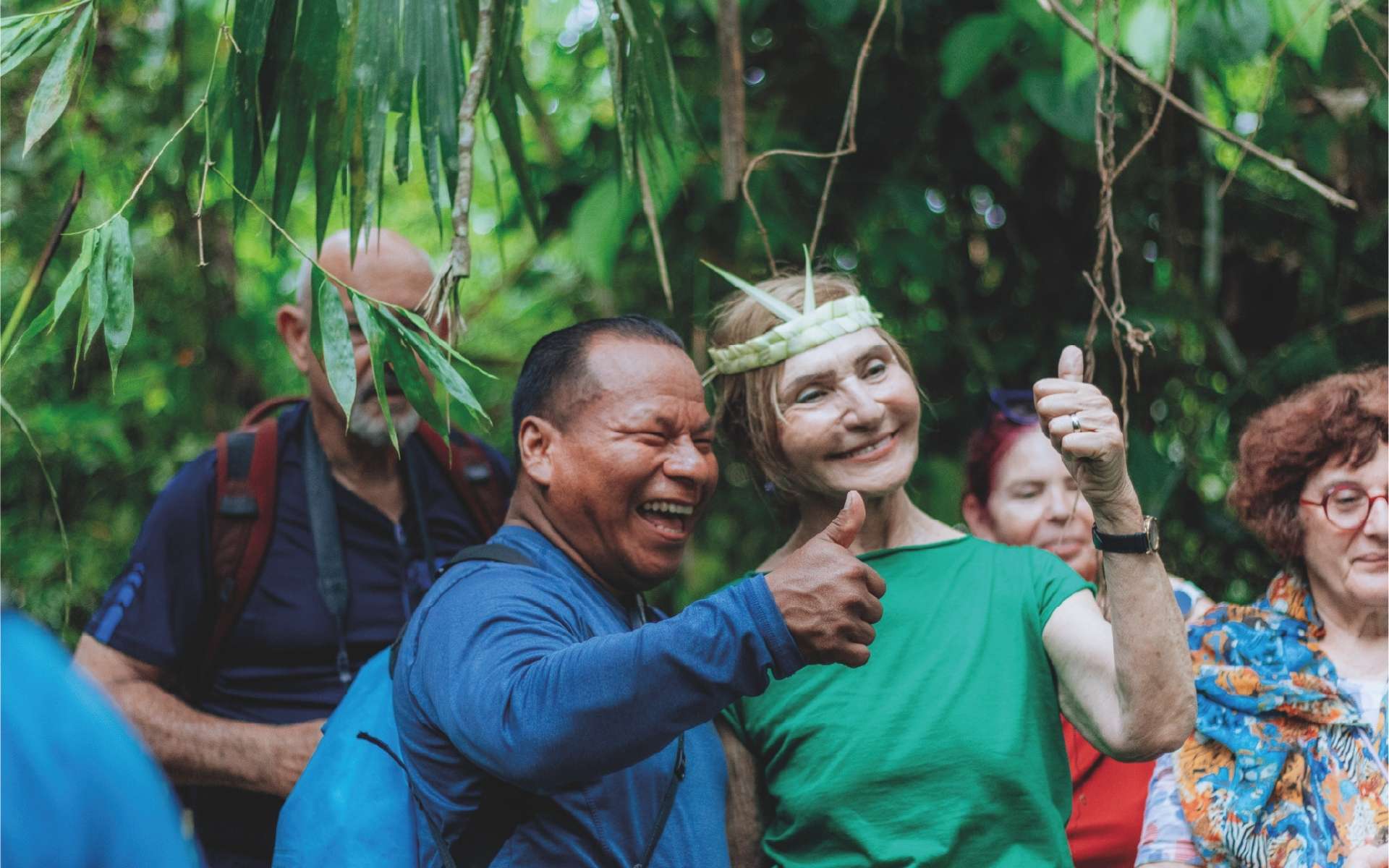
Customer profiles and anecdotes
If you are a traveler passionate about nature and community, find out if you are the ideal customer profile for Napo Wildlife Center below:
Conscious travelers, travelers who leave their mark
Most travelers who visit Napo Wildlife Center are from the United States, parts of Europe, and Canada, and what they value most is the culture, flora, and fauna.
They are also nature-loving, conscious travelers who seek transformative tourism options and want their trip to serve a purpose. All tourists who visit the community or community projects are leaving a mark by visiting this community.
Check out these travel tips to explore the Amazon without missing any highlights
Personal anecdotes with travelers
Anecdotes are stories that make each trip unique and unforgettable. Oscar shares the following anecdote with us: “I remember when I was at a fair, a traveler approached me and showed me a picture taken during his stay at our center 10 years ago. When I looked at it, I was amazed because some of the people are no longer so young and are even more skilled at guiding.”
Similarly, David shares that his favorite anecdote is from when he was a guide and something peculiar happened. “I was guiding some tourists, and they thought the animals were plastic until I disturbed a caiman, which got angry, and that's when they realized it was a real caiman” David said.
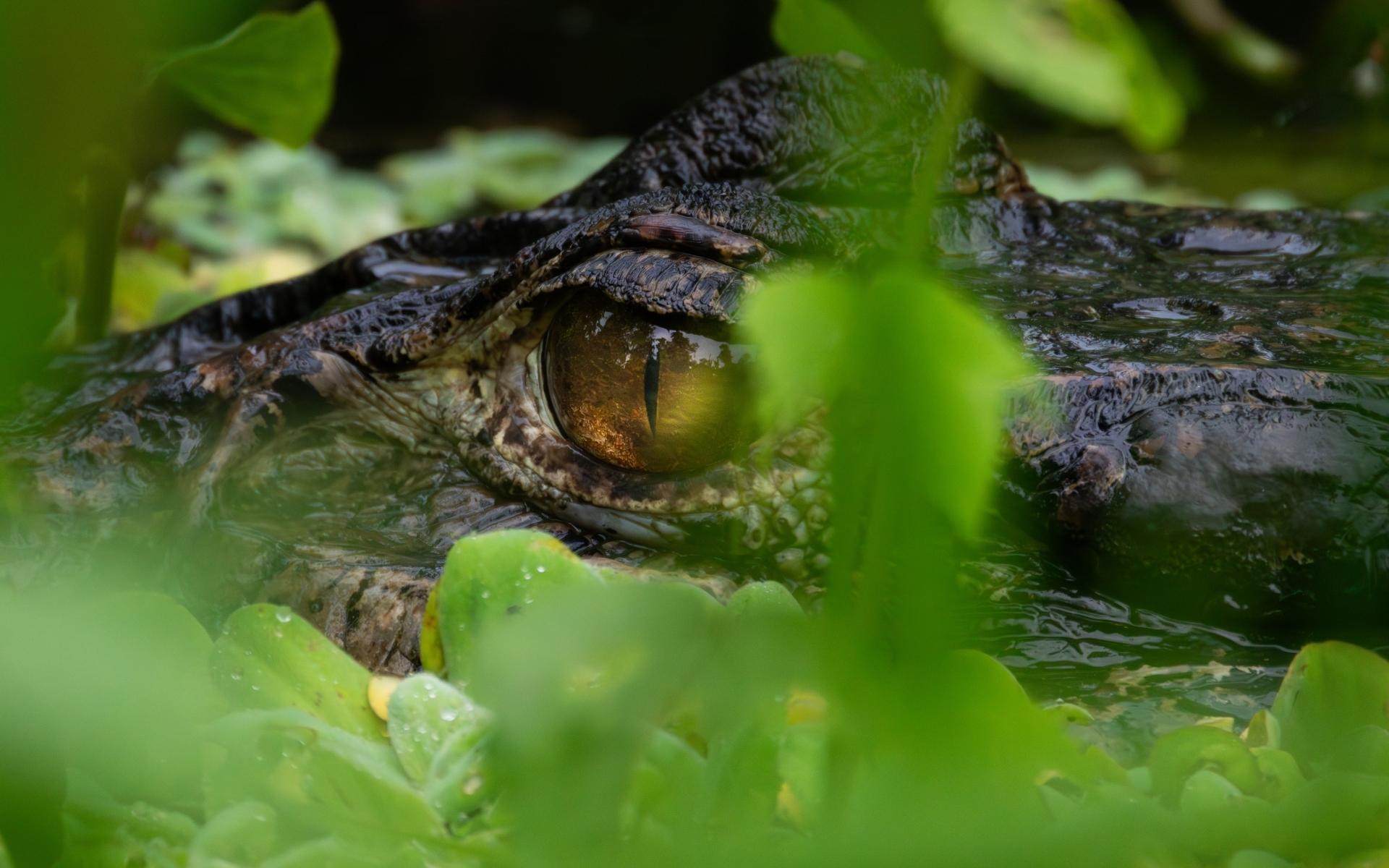
Management of waste and environmental sustainability
Napo Wildlife Center understands that sustainability serves as one of the four pillars of its mission. One of its most significant measures to conserve the environment, and the community surrounding the center, is as follows:
-
Travelers are not allowed to litter in the forest.
-
Travelers are strictly prohibited from throwing plastic in the forest and the surrounding lakes.
-
Travelers are trained (beforehand) how to care for each of the areas they visit.
-
The whole community is expected to act with care for Yasuní National Park.
The community accepts the serious responsibility to enforce all these requirements to ensure the environment will not be compromised for future generations.
Favorite places at Napo Wildlife Center
Every place at Napo Wildlife Center is beautiful, but when we asked manager David Grefa, he shared with us, “My favorite place within Napo Wildlife Center is the observation deck in the dining room tower, where you can see an impressive view of birds and monkeys, and otters and caimans in the Amazon River” he said with excitement.
Similarly, Oscar's favorite place is also the observation towers because they are surrounded by the lagoon and the view from there is truly breathtaking.
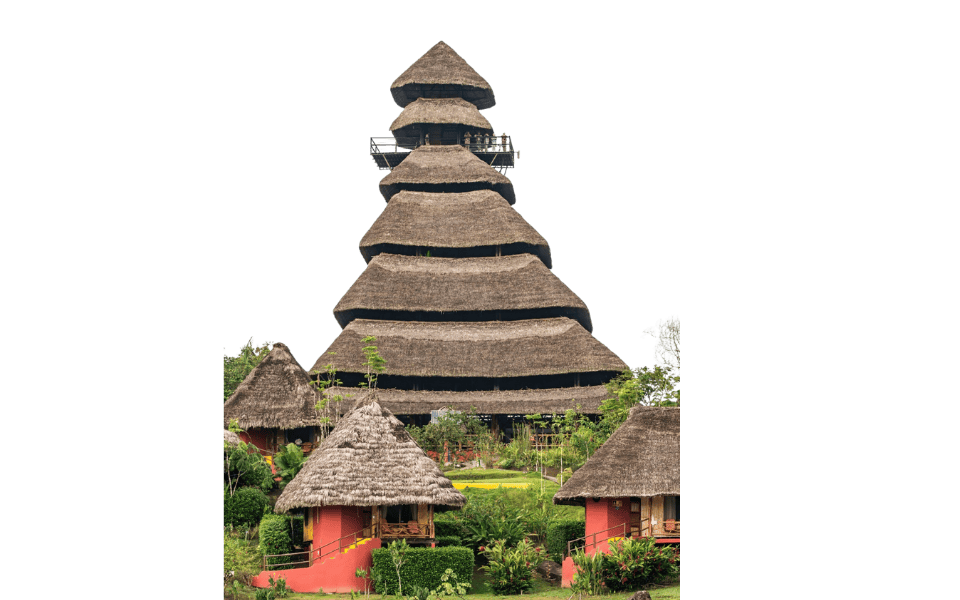
Future plans for Napo Wildlife Center
You should never stop dreaming, which is why we will now share the future plans of the leaders of the Napo Wildlife Center.
From Oscar Lopez's perspective
Oscar Lopez wants travelers from all over the world to know that Ecuador, and especially the Amazon, are very safe places to visit.
With regard to the lodge, he hopes that “it will continue to be one of the preferred options for travelers from all over the world and also be able to reach new markets within luxury tourism” said Oscar.
David Grefa and dreams for the future
Napo Wildlife Center is a lodge with more than 20 years of experience. However, when asked about his dreams for the future, the manager proudly mentioned that “we plan to have a new hotel, new cabins, or new attractions, so we are looking at areas where we could build.” said David
About their feature in SCAPE Magazine
The Napo Wildlife Center's prominent appearance in SCAPE magazine provides greater visibility both nationally and internationally to attract more travelers from around the world, and this participation can even be showcased at trade shows, David said.
On the other hand, Oscar said that the magazine's readers are precisely the niche that purchases the tours or trips they offer through their Napo Wildlife Center and Napo Cultural Center projects.
In addition, all readers who mention that they are from SCAPE magazine will receive a 50% discount on the Quito-Coca ticket for their visit to the Napo Wildlife Center.
 Premium Amazon Tour at Napo Wildlife Center
Premium Amazon Tour at Napo Wildlife Center
Premium 4-day adventure at Napo Wildlife Center with forest hikes, canoe trips, and unique Amazon wildlife encounters.
RequestConclusion and message for you
David Grefa's vision shines bright at the Napo Wildlife Center. This place mixes nature and cultures in a most remarkable way. Local people are taking the lead in the protection of their traditional lands. They are showing how tourism can facilitate their community development initiative and provide land stewardship for environmental protection. Are you ready to journey into the heart of the Ecuadorian Amazon and leave a lasting impact on its people?
FAQs
1. Who is the owner and manager of the Napo Wildlife Center?
The Kichwa Añangu Community owns and operates the Napo Wildlife Center and is the responsible for the management and conservation practices.
2. How does tourism promote conservation at the Napo Wildlife Center?
All the tourism money generated by the center is returned to the community to improve healthcare, education, provide employment and to protect the biodiversity. Visitors will learn about the culture and the environment.
What makes Yasuni National Park and the Napo Wildlife Center different?
3. What type of traveler visits Napo Wildlife Center?
Travelers who are passionate about Ecuadorian wildlife and responsible tourism. They know that their trip supports a community and preserves the land for future generations.The park has one of the most biologic and geographic diversity in places on the planet with thousands of plant species and rare wildlife. The park core prohibits hunting, logging, and fishing to preserve the aircraft system of the park.
4. What sustainability strategies are working in the center?
The center follows an efficient waste management methodology, it prohibits exploitative practices and it intends to reduce plastic waste, enhance its own water quality and involve community education about issues of the national park. Also partnerships such as Voyagers Travel Company make the sustainability strategies considered work in conservation.
5. Where can I check the availability in the Napo Wildlife Center and other Ecuadorian experiences for my dates?
To check the online availability for different tours with Napo Wildlife Center and more Ecuador experiences, please check our website!
Check Our Suggested Tours:
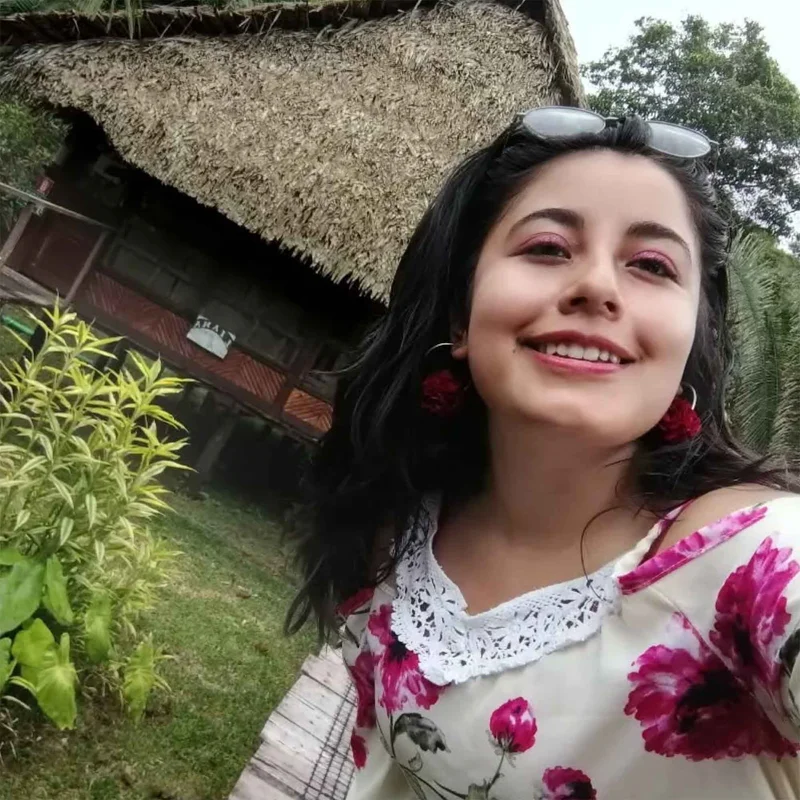
Hello traveling souls! 👋 I'm Kathe, and ever since I was a little girl, I’ve been passionate about traveling, discovering every corner of my beautiful country, and writing about my adventures. 🇪🇨✍️ I’ve had the privilege of visiting amazing places across the Coast, Andes, and Amazon, and each journey left me in awe of the incredible richness and diversity our country holds. 🌿🏞️
Now, I’m starting a brand new adventure: interviewing some of the most influential voices in South American tourism. 🗣️✨ These are people who inspire, who chase big dreams, and who are shaping the future of travel across the continent. 🌍 And I’d love for you to join me.
Are you ready to come along? 🚀 You’ll hear powerful stories, meet inspiring individuals, and watch as this travel-loving Kathe finds new inspiration with every interview. 🎤💬
Get ready to explore breathtaking destinations, connect with extraordinary people, and discover that sometimes, the most unforgettable journeys aren’t found on a map—but in the voices that guide us. 🧳📍
Are you with me?


